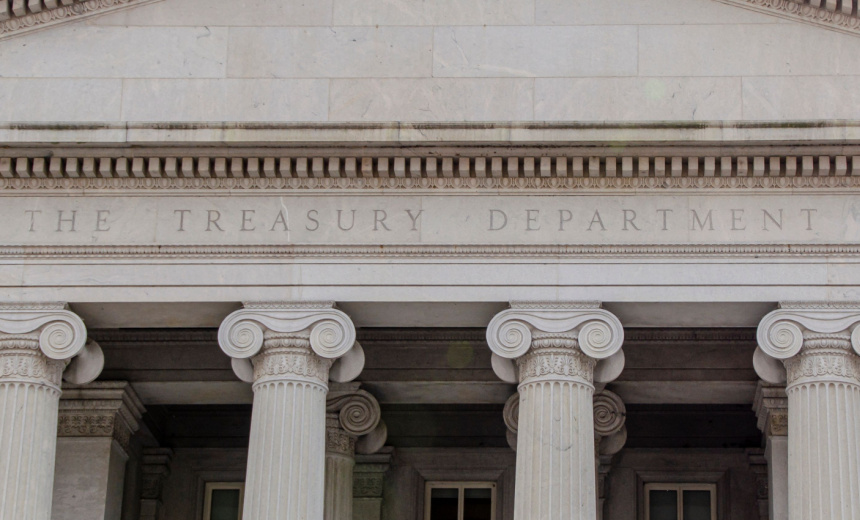 U.S. Treasury Implements New Regulations on Foreign Tech Investments
U.S. Treasury Implements New Regulations on Foreign Tech Investments
The U.S. Department of Treasury has enacted new regulations aimed at curbing investments from American entities into critical technologies developed by foreign adversaries. This announcement, made on Monday, underscores the government’s commitment to safeguarding national security interests while still promoting open investment practices in less sensitive sectors.
The new guidelines specifically target investments in industries such as semiconductors and artificial intelligence (AI), which are increasingly seen as vital to the future of competitive technological development. By placing restrictions on financial flows directed toward these sectors, the Treasury aims to protect the U.S. economy from potential espionage and intellectual property theft by foreign competitors.
The regulations come in response to heightened concerns regarding cybersecurity risks associated with foreign technology companies, particularly those based in nations identified as strategic adversaries. The goal is to mitigate vulnerabilities that could be exploited through foreign influence over critical domestic technological infrastructure.
In the context of cybersecurity, the implications of these regulations are noteworthy. Companies looking to invest in or collaborate with foreign entities must now conduct thorough risk assessments to evaluate potential exposure to malicious tactics. These may include initial access techniques through social engineering, which allow adversaries to infiltrate networks unnoticed, or privilege escalation methods that enable them to gain higher level access once inside.
Additionally, the regulations can affect how foreign companies operate in the United States, potentially limiting their access to advanced technological resources that could otherwise enhance their capabilities. This could lead to a dichotomy in competitive parity, where U.S. firms may increasingly find their counterparts outside the U.S. inhibited from acquiring cutting-edge technologies.
Business owners should remain vigilant in understanding the broader implications of these regulations on the global tech landscape. Investing in cybersecurity measures will be crucial as organizations navigate this evolving regulatory environment. The potential for foreign adversaries to exploit newly created gaps in security strategy may lead to an increased frequency of cyber incidents.
The MITRE ATT&CK framework provides a useful lens through which to examine the various tactics that could be employed by malicious actors seeking to manipulate these investment channels. As the geopolitical landscape continues to shift, adapting to emerging threats while leveraging proactive cybersecurity practices will be essential for maintaining operational resilience.
In conclusion, the U.S. Treasury’s new investment restrictions signal a pivotal shift in how national security and economic interests intersect with the rapidly evolving technology sector. Business owners must adapt their strategies to align with this new regulatory landscape, ensuring stronger defenses against the burgeoning threats that often accompany globalization and technological advancement. Being informed and proactive in this sphere is not just advantageous; it is imperative.
